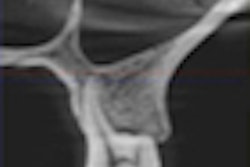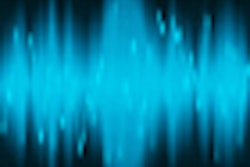When used appropriately, thyroid collars effectively reduce radiation dose to the thyroid and esophagus during cone-beam CT (CBCT) scanning of oral and maxillofacial regions (Dentomaxillofacial Radiology, July 1, 2012, Vol. 41:5, pp. 373-378).
Researchers from the Peking University School and Hospital of Stomatology and the Academic Center for Dentistry Amsterdam (ACTA) assessed the average tissue-absorbed dose for a NewTom 9000 (Cefla) using thermoluminescent dosimeter chips in a phantom. The scans were carried out with and without thyroid collars. Effective doses were derived using International Commission on Radiological Protection 2007 recommendations.
The effective organ doses for the thyroid gland and esophagus were 31.0 µSv and 2.4 µSv, respectively, during CBCT scanning without a collar, the researchers found. When the thyroid collars were used loosely around the neck, no effective organ dose reduction was observed. When one thyroid collar was used tightly on the front of the neck, the effective organ dose for the thyroid gland and esophagus were reduced to 15.9 µSv (48.7% reduction) and 1.4 µSv (41.7% reduction), respectively.
Similar organ dose reduction (46.5% and 41.7%) was achieved when CBCT scanning was performed with two collars tightly on the front and back of the neck. However, the differences to the total effective dose were not significant among the scans with and without collars around the neck (p = 0.775).



















